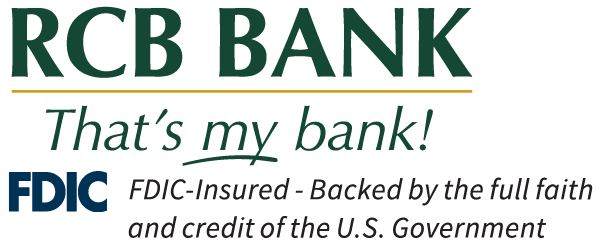
When shopping for a mortgage, understanding the Annual Percentage Rate (APR) is essential to grasping the true cost of your loan. While the interest rate tells you how much you’ll pay each year to borrow the principal, the APR goes further by including not just the interest, but also most fees and other charges associated with the loan, such as origination fees, closing costs and mortgage insurance. Both are expressed as percentages, but APR is almost always higher because it reflects the total annual cost of borrowing, not just the base interest.
The distinction matters because lenders may advertise low interest rates to attract borrowers, but these rates don’t account for the extra costs that can significantly impact your total payment. The APR provides a standardized way to compare offers from different lenders, ensuring you’re not caught off guard by hidden fees or charges down the road. Thanks to federal regulations, lenders are required to disclose the APR, making it a reliable metric for side-by-side comparisons.
When comparing two loans with the same interest rate but different APRs, the loan with the lower APR will generally cost you less over time, assuming you keep the loan for its full term. However, if you plan to refinance or sell your home early, the APR may not fully capture your actual cost, as some fees are spread over the life of the loan.
Understanding APR empowers you to make informed decisions and select the mortgage that best fits your financial goals.
Contact one of our Mortgage Representatives today to assist you in meeting your homeownership goals!
Opinions expressed above are the personal opinions of the author and meant for illustration purposes only. For specific questions regarding your personal lending needs, please call RCB Bank at 855-BANK-RCB. With approved credit. Terms, qualifications and other restrictions apply. Member FDIC, Equal Housing Lender, RCB Bank NMLS #798151.
Sources:



